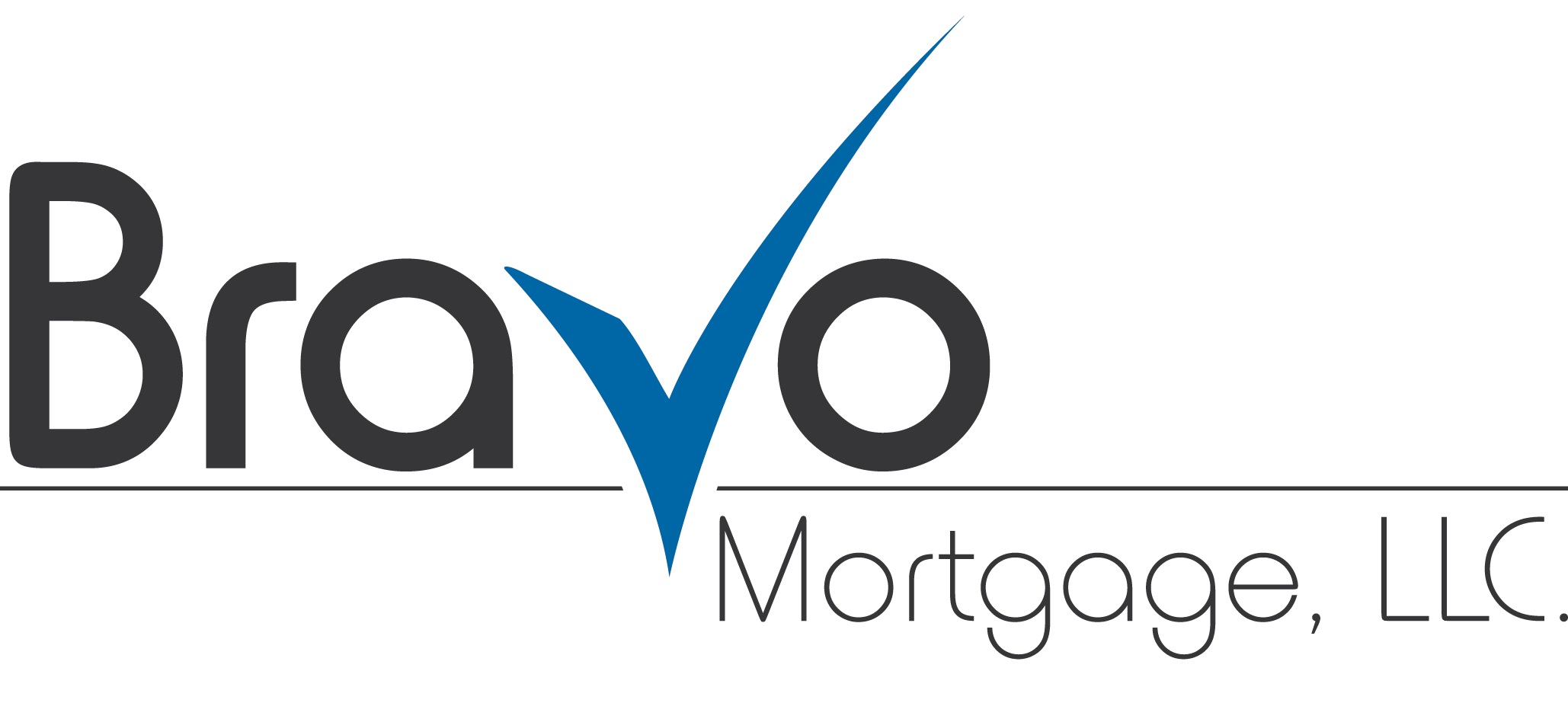Fixed-Rate vs. Adjustable-Rate Mortgages: Making an Informed Choice

Fixed-Rate vs. Adjustable-Rate Mortgages: Making an Informed Choice
Choosing the right type of mortgage is a critical decision when purchasing a home. Two popular options are fixed-rate mortgages (FRMs) and adjustable-rate mortgages (ARMs). Each option has its advantages and considerations. In this blog post, we will explore the differences between FRMs and ARMs, helping American homebuyers make an informed choice based on their financial goals and circumstances.
- Understanding Fixed-Rate Mortgages (FRMs)
FRMs are mortgages with an interest rate that remains constant throughout the loan term. As a result, your monthly mortgage payments stay the same, providing stability and predictability. FRMs are popular among buyers who prefer long-term financial planning and want to avoid the uncertainty of fluctuating interest rates.
2. Exploring Adjustable-Rate Mortgages (ARMs)
ARMs, on the other hand, have interest rates that can change periodically. Typically, ARMs start with a fixed-rate introductory period, followed by adjustments based on market conditions. These adjustments can occur annually, biannually, or at longer intervals. As a result, ARMs often offer lower initial interest rates than FRMs, making them attractive to buyers who plan to sell the property or refinance before the adjustable period begins.
3. Considerations for FRMs
- Stability
With FRMs, your interest rate and monthly payments remain constant over the loan term, providing peace of mind and predictable budgeting.
- Long-Term planning
FRMs are suitable for buyers who plan to stay in their homes for an extended period or prefer financial stability over time.
- Higher initial rates
FRMs usually have slightly higher interest rates compared to the initial rates of ARMs. However, this trade-off offers stability and protection against future interest rate increases.
4. Considerations for ARMs
- Lower initial rates
ARMs often feature lower initial interest rates, making them more affordable in the short term. This can benefit buyers who plan to sell or refinance before the adjustable period begins.
- Potential rate adjustments
ARMs carry the risk of interest rate adjustments after the initial fixed-rate period. Buyers should carefully consider their financial capacity to handle potential rate increases in the future.
- Short-Term ownership
ARMs are suitable for buyers who anticipate living in the home for a shorter period or expect changes in their financial situation that could allow them to refinance or pay off the mortgage before rate adjustments occur.
5. Factors to consider when choosing
- Financial goals
Assess your long-term financial goals and determine which mortgage aligns best with your plans. An FRM may be the better option if stability and predictability are paramount. If you anticipate selling or refinancing in the short term, an ARM could provide initial cost savings.
- Budget and affordability
Consider your current financial situation, including income, debts, and expenses. Evaluate your ability to manage potential rate adjustments with ARMs and ensure you can comfortably afford monthly payments under both scenarios.
- Housing market conditions
Evaluate the current and projected interest rate environment. If rates are historically low, securing an FRM may be advantageous, locking in a favorable rate for the entire loan term. Conversely, if rates are expected to decline, an ARM could allow you to take advantage of future rate reductions.
6. Potential Savings with ARMs
While FRMs offer stability, ARMs have the potential for cost savings, especially in a declining interest rate environment. If market conditions favor lower rates, an ARM can result in lower monthly payments and overall interest costs over the initial fixed-rate period. This can be advantageous for buyers confident in their ability to monitor the market and refinance if rates decrease significantly.
7. Flexibility and customization
ARMs provide borrowers with flexibility and customization options. Some ARMs offer rate adjustment caps, which limit the amount the interest rate can change during each adjustment period or over the life of the loan. Additionally, borrowers can choose the length of the initial fixed-rate period, such as 3, 5, 7, or 10 years. This flexibility allows borrowers to tailor the loan to their needs and anticipated homeownership timeline.
Choosing between a fixed-rate mortgage (FRM) and an adjustable-rate mortgage (ARM) is a crucial decision that depends on your financial goals, risk tolerance, and housing market conditions. FRMs offer stability and predictability, making them ideal for long-term homeowners and those seeking financial security. ARMs provide lower initial rates and may suit buyers planning to sell or refinance soon. Ultimately, it's essential to assess your circumstances, consult with mortgage professionals, and make an informed choice that aligns with your homeownership aspirations. Remember, your mortgage choice significantly affects your financial journey and sets the foundation for your homeownership experience.
Recent Posts
Disclosure:
The content provided within this website is presented for information purposes only. This is not a commitment to lend or extend credit. Information and/or dates are subject to change without notice. All loans are subject to credit approval. Other restrictions may apply. Mortgage loans may be arranged through third party providers.




